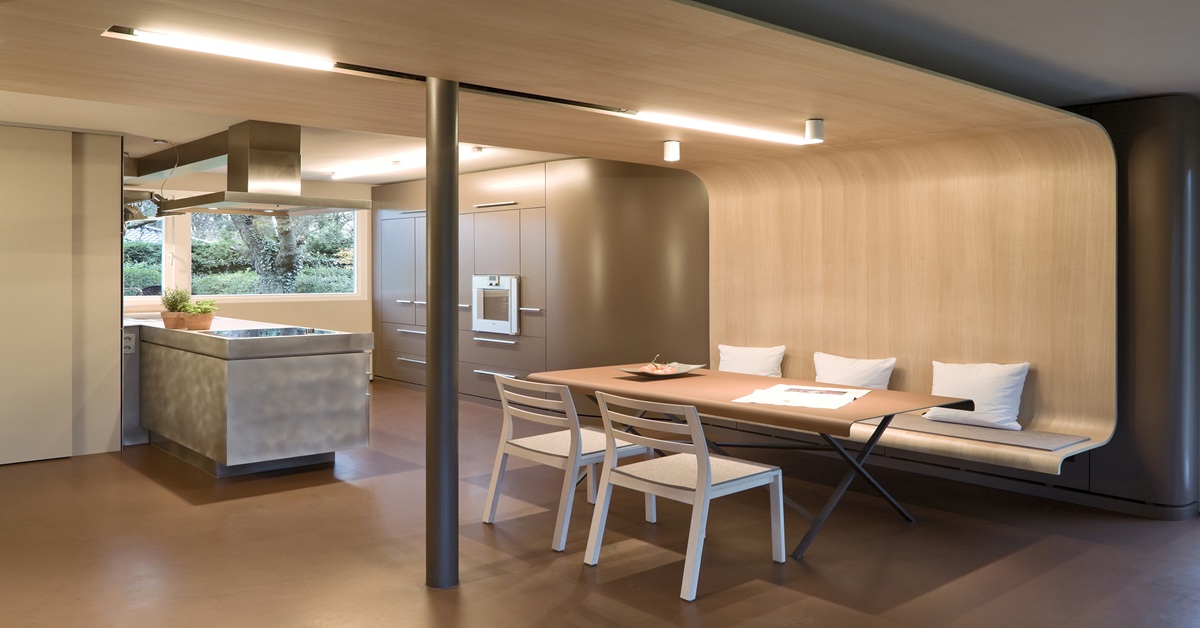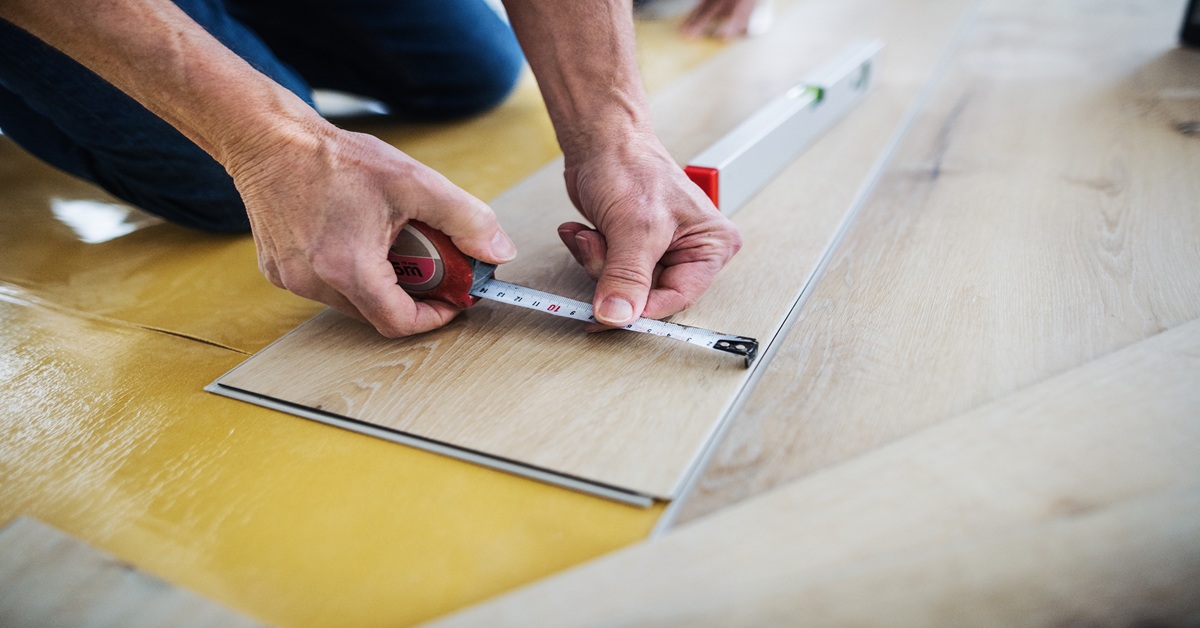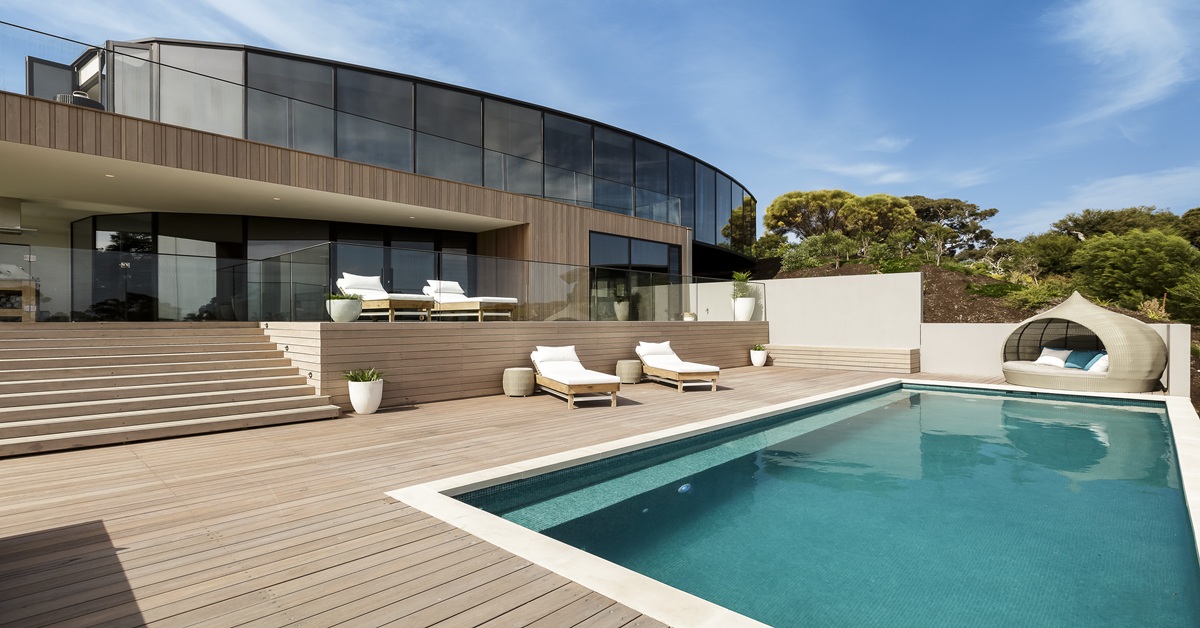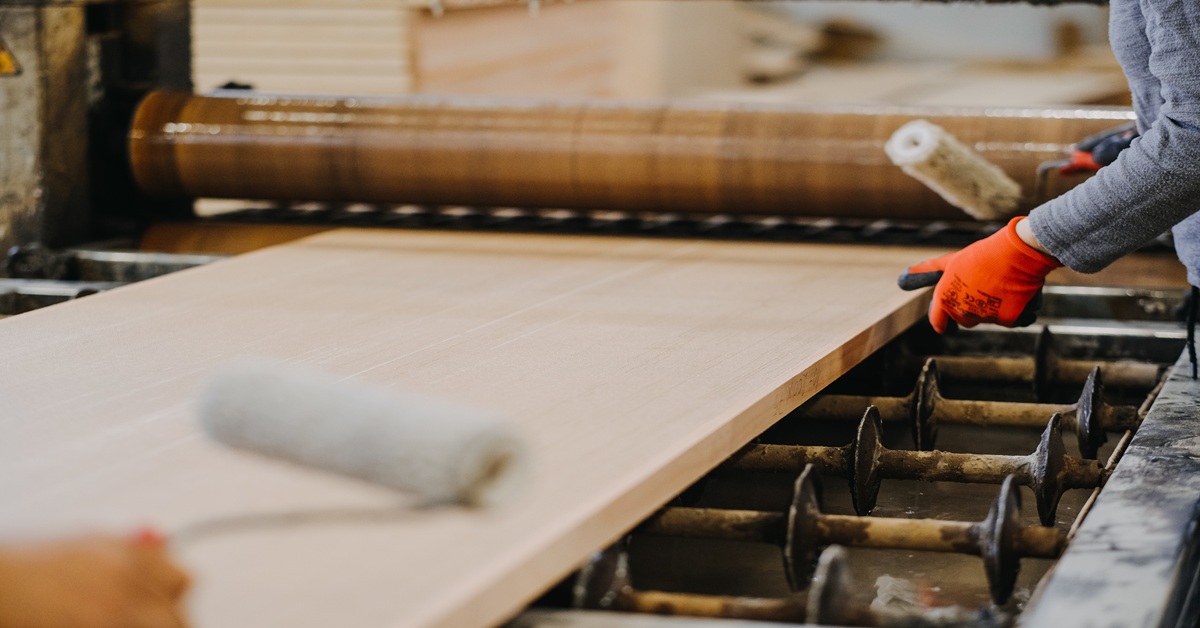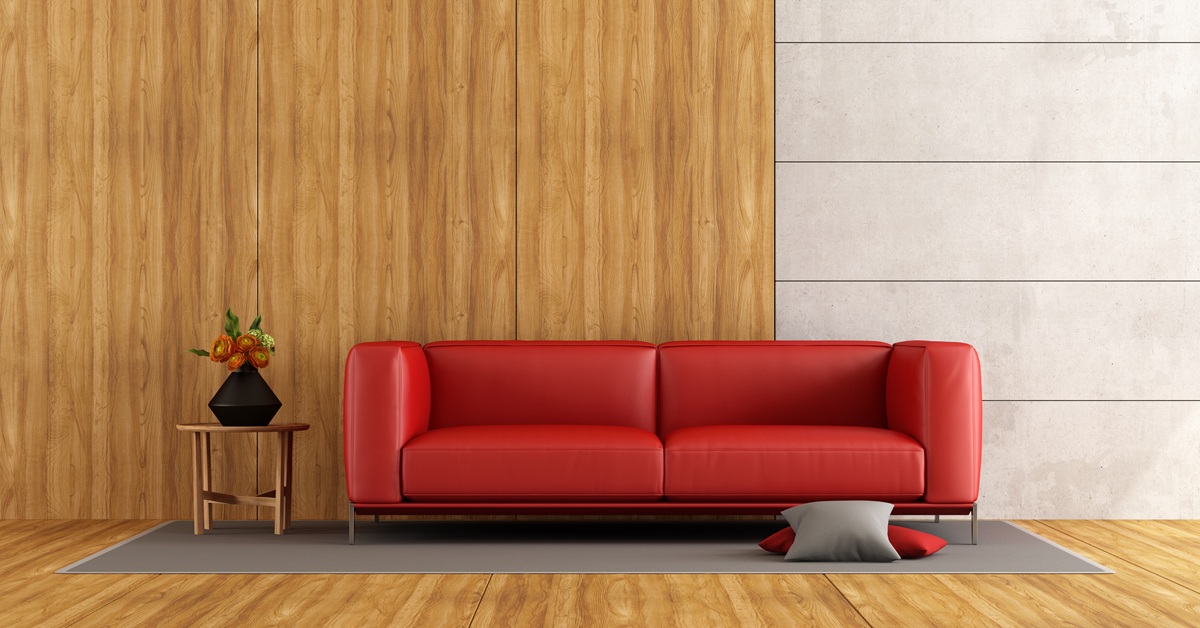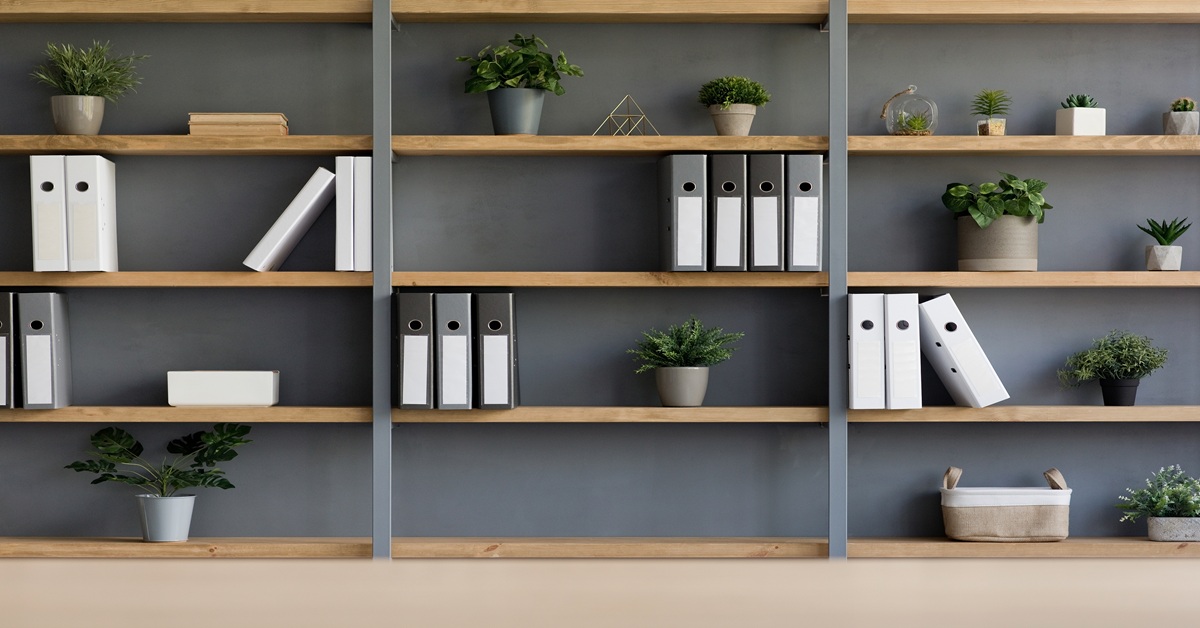The ability to produce curves and flowing shapes opens up a world of creativity in the modern world of wood crafting and design. Flexible plywood is a unique material that offers versatility to produce these designs with ease and efficiency. In this blog, we’ll explore the complexities of flexible plywood, from its manufacturing process to its diverse applications and how to work effectively with it.
The invention of flexible plywood has elevated creativity to new levels, yet furniture design has always been a creative canvas. Flexible plywood adds a whole new dimension in contrast with typical plywood, which is stiff and best suited for designs with straight lines. It is the ideal material for producing dynamic, flowing patterns that defy accepted design conventions since it bends and curves easily.
What is Flexible Plywood and How is it Made?
Flexible plywood, also known as bendy plywood, is a unique kind of plywood that can be bent or curved with ease without breaking or cracking. In contrast with traditional plywood, which is stiff and intended for flat, straight surfaces, flexible plywood is designed with thin veneers that allow it to bend smoothly into complex forms and curves. Because of this special quality, it is a favourite among architects, craftspeople, and furniture designers who want to be creative with their projects.
This material is often used in situations where practicality and aesthetics coexist. Flexible plywood has many options for everything from bent furniture and decorative panels to unique architectural features. It is a popular option for projects demanding creativity and style because of its lightweight design, flexibility in terms of finishes, and ease of usage.
Check out Wigwam’s very own Flexible plywood Wigwamply – Flexible plywood.
Unique Properties of Flexible Plywood
Flexible plywood is perfect for curved designs since it has a unique flexible quality:
1. Flexibility in Design: Flexible plywood is perfect for creative and unusual designs as it can be shaped into intricate curves.
2. Strength and Stability: Even though it is flexible, plywood maintains a high level of strength and dimensional stability, particularly when curved. Although it isn’t made for large structural loads, it is robust enough for a variety of design uses.
3. Lightweight: its light weight makes handling and installation easier, which saves time and effort when building.
4. Cost-Effectiveness: Flexible plywood is a cost-effective choice since it is less expensive than other materials with comparable design capabilities.
5. Multiple Uses: It can be used for wall panels, furniture, partitions, ceilings, and decorative accents, providing adaptability for a variety of applications.
Flexible plywood is a useful material for designers and craftsmen who want to add curves to their creations because of these special qualities. To learn more about flexible plywood, visit Wigwamply – Flexible plywood.
Creative Applications in Furniture, Interiors, and Architecture
The versatility of flexible plywood makes itself essential for a wide number of applications:
- Furniture Design: Flexible plywood makes it simple to construct curved table legs, chair backs, and other furniture elements. It enables aesthetically pleasing forms and ergonomic designs.
- Interior Design: Curved walls, ceilings, and other interior elements are perfect for flexible plywood. It may be utilised to give any room a dash of sophistication and elegance.
- Architectural components: Flexible plywood can be used to create arches, vaults, and other curved architectural components, providing an economical and effective means of achieving intricate designs.
- Exhibition Stands and Displays: Because of its adaptability, flexible plywood is a common material for making visually striking exhibition stands and displays.
- Boatbuilding: Curved hulls and other parts can occasionally be made with flexible plywood.
There are endless possibilities for creative projects when it comes to using flexible plywood. Its ability to curve opens up new ways for innovation and design.
How to Bend and Work with Flexible Plywood
Certain methods must be used while working with flexible plywood:
- Cutting: Common woodworking instruments like jigsaw or circular saws can be used to cut flexible plywood. For precise cutting, sharp blades are necessary.
- Bending: When bending flexible plywood, the grain orientation is very important. The face veneers’ grain is where the panel will flex the easiest.
- Clamping: Clamps are essential for holding flexible plywood in place while creating bends until the adhesive hardens.
- Moulding: Using moulds and flexible plywood, intricate curved shapes can be produced. Until the panel takes on the required shape, it is secured to the mould.
- Glueing: Apply a flexible glue made especially for joining flexible plywood.
- Finishing: Like regular plywood, flexible plywood can be painted, stained, or laminated.
Gaining success when dealing with flexible plywood requires an understanding of these methods.
Choosing the Right Thickness and Grade of Flexible Plywood
Flexible plywood is available in various thicknesses and grades, each suited for different applications.
- Thickness: Thinner flexible plywood is more flexible and can be bent to tighter curves. Thicker flexible plywood is stronger and more rigid, suitable for larger curves and structural applications.
- Grade: The grade of flexible plywood refers to the quality of the veneer faces. Higher grades have fewer defects and a smoother surface.
Choosing the right thickness and grade of flexible plywood depends on the specific requirements of your project. Consider the degree of curvature, the size of the panel, and the desired finish when making your selection. Don’t hesitate to consult with a supplier like Wigwam Ply to discuss your needs and get expert advice on the best flexible plywood for your project.
Different grades and thicknesses of flexible plywood are available, and each is appropriate for a particular use.
- Thickness: More flexible and able to bend into tighter bends is thinner flexible plywood. For greater curves and structural purposes, thicker flexible plywood is better since it is more robust and rigid.
- Grade: The veneer faces’ quality is indicated by the flexible plywood’s grade. Higher grades have a smoother surface and fewer flaws.
The particular needs of your project will determine which flexible plywood grade and thickness is best. When choosing, take into account the panel’s size, desired finish, and degree of curvature. Don’t hesitate to talk about your demands and receive professional guidance on the best flexible plywood for your project by speaking with a provider like Wigwam Ply.

